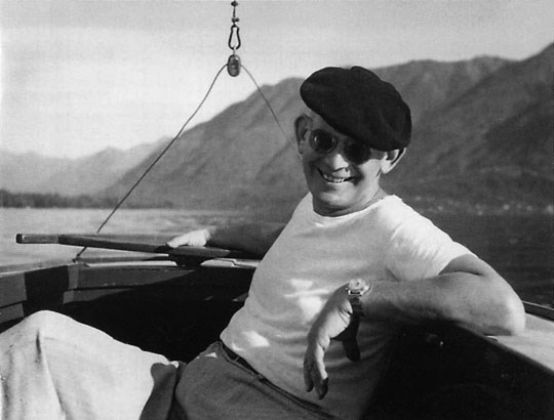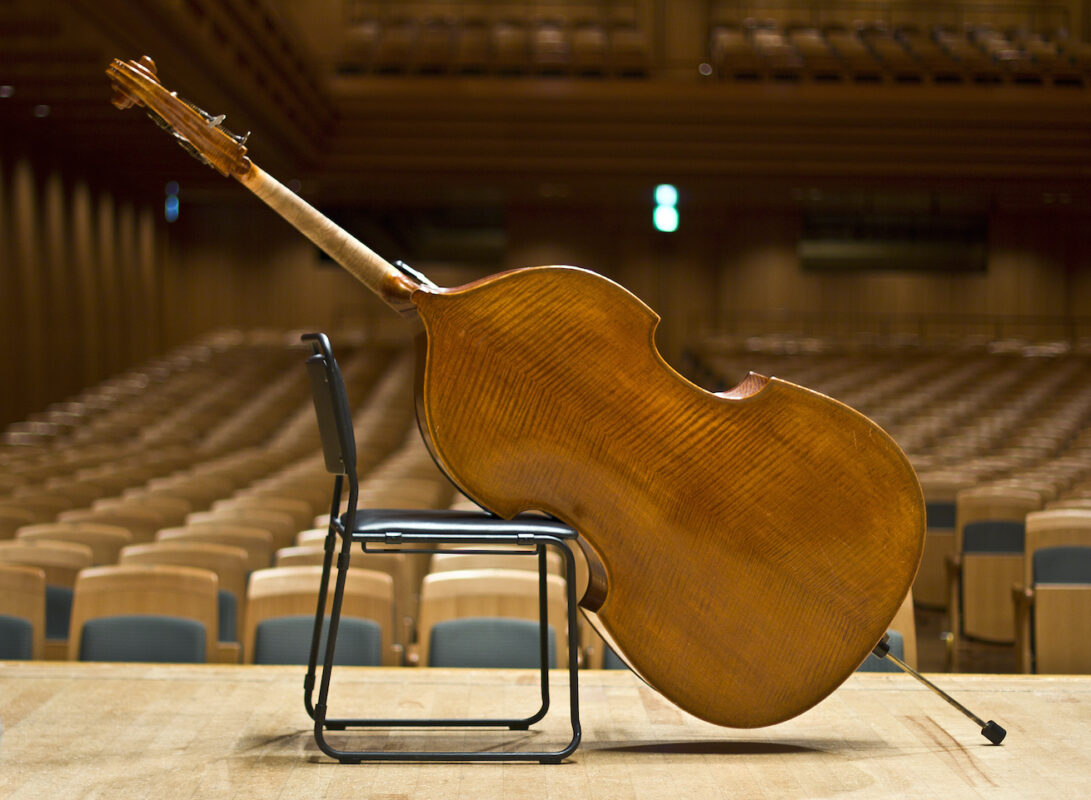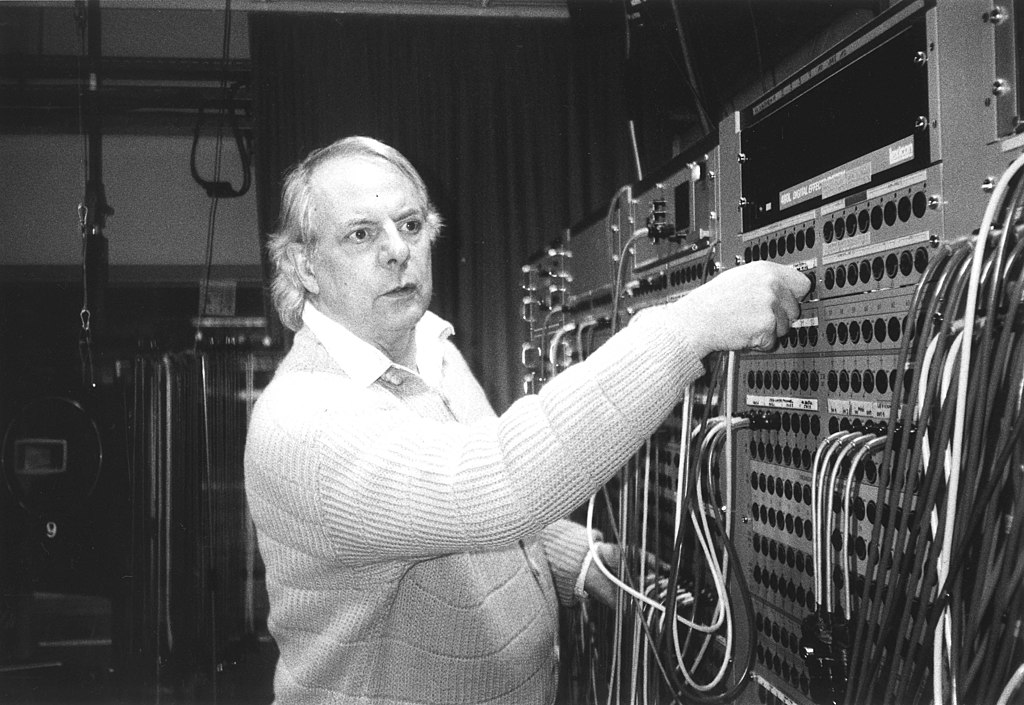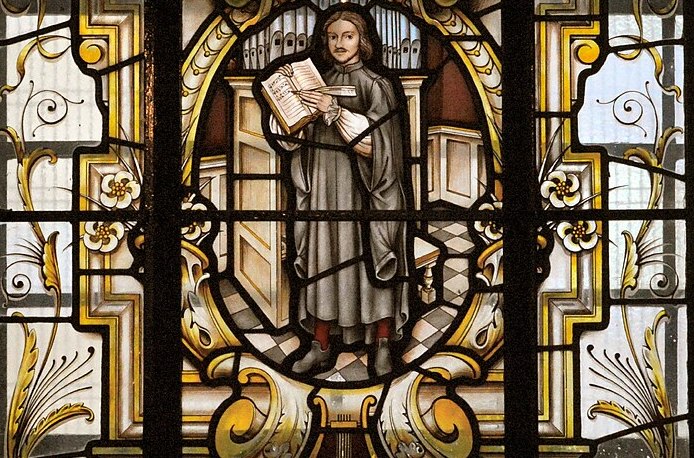Sonata not "in line with the market
The pianist and composer Ernst Levy created this one-movement work for flute and piano in 1932.

The Basel composer Ernst Levy (1895-1981) first became widely known as a pianistic child prodigy. In the first half of the 20th century, he was even regarded as one of the most important pianists. He also received recognition as a music theorist, but his compositional output, which includes 15 symphonies as well as numerous pieces of chamber music and piano works, was hardly appreciated. In the USA, he pursued a university career as a professor of piano, which meant that he was not forced to compose in a particularly market-oriented manner and to take care of the performances of his works. The Sonata for flute and piano was created by Levy in 1932, but it was not premiered until 1939 at a concert in Carnegie Hall in New York with the composer himself at the piano.
The sonata, which consists of one movement and lasts just under 17 minutes, contains the classic three-movement structure in the order fast-slow-fast and is typical of Levy's compositional style, which he describes as follows: "The main characteristic of a sonata, which is inherent in its concept, is that of becoming, of development. We are not, so to speak, the same at the end of a work as we were at the beginning."
After an elegiac flute solo at the beginning, a gripping triplet motif is heard, which is accompanied by pulsating triplets from the piano. This is followed by cantilenas in both instruments, which are interwoven and imitate each other. It is interesting that the 4/4 meter written at the beginning is constantly changed so that, as the editor Timon Altwegg describes it, it soon seems like an ironic joke and a "constantly changing, quasi inhaling and exhaling musical organism" emerges from it. In the middle of the sonata follows a slow section with delicate piano passages and a cantilena by the flute, which is only sporadically accompanied by chords. It leads into a bold final section entitled "Vivo e leggiero", in which the opening motif is heard again in the flute shortly before the end of the piece.
With this sonata, Ernst Levy has created a multi-layered and interesting work that deserves a place in today's concerts.
Ernst Levy: Sonata for flute and piano, edited by Timon Altwegg, first edition, BP 2803, € 14.00, Amadeus-Verlag, Winterthur 2017









